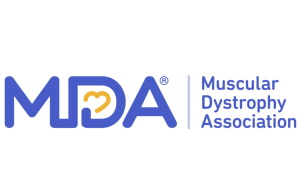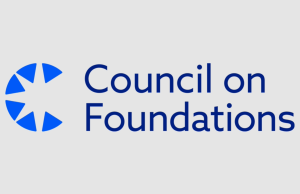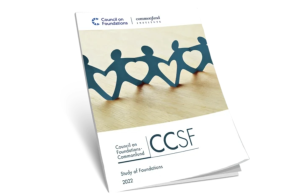Community foundations — public charities that support specific geographic areas through pooled donations — have pulled back on their anticipated spending policies. Only 13% anticipated making changes to their expenditures, down from 20% during the last two years and well below the 28%, 35% and 33% seen three, four and five years ago.
The apparent reluctance to make changes reflects an overall tentative approach: a scant 1% indicated a change in spending policy rate greater than 5%, and the median spending rate ticked down from 4.4% in 2021 to 4.3% in 2022, according to the FEG 2022 Community Foundation Survey from Cincinnati-based Fund Evaluation Group (FEG) Investment Advisors.
That trend is not likely to continue. Going forward, only 33% of representatives from community foundations surveyed foreseeing changes anticipate an increase in spending rate, while 67% are looking to decrease their spending rate.
Asset allocations among community foundations reflect a similar cautious approach. A plurality (40.8%) of investments are parked in domestic equities, with other asset allocations including public fixed income assets (18.9%), international development equities (15.5%), private investments (6.9%), emerging markets (5.3%), hedge funds (5.2%) with the remainder including hedge funds, short term securities and cash and other assets. Smaller community foundations – those with under $50 million in assets – tended to allocate more of their investments to U.S. equities (49%) than the largest – those with assets of more than $500 million, which allocated 30%.
Community foundations see the recent market weakness as rebounding, with those that are readjusting their asset mixes going toward higher-volatility investments and away from safer, lower-return investments. That said, there doesn’t appear to be much appetite for radical portfolio changes. Only 24% of community foundations anticipating upping their participation in private investments, 18% planning on increasing their investment in hedge funds and 15% considering upping their participation in emerging equities. Just under one quarter (24%) indicated they might decrease their participation in fixed-income assets along with 21% that may pull back from short term or cash investments.
One area where there has been movement is in diversity considerations. During 2021, just more than half (53%) of funds had not considered diversity when making hiring evaluations. Another 31% had at least considered them but only 16% acted on these considerations. As of 2022 only 38% reported not considering diversity in their hiring process, while 34% had made such considerations and 28% made actual hires based off them.
One area that is showing significant change is the movement toward responsive investment — investments that potentially throw off both financial and social benefits. The percentage of community foundations holding these types of investments stood at 55% as of 2022, up from 16% in 2017. This change reflects heightened awareness and support of these types of assets from donors. In 2017, 26% of donors expressed an interest in them. By 2021, that percentage stood at 54%.
Donor interest was not the only factor spurring responsive investment: 80% of community foundation representatives that did so cited mission alignment, while 76% mentioned social impact. Reasons for not making such investments included lack of interest (68%, among those not using these assets), other investments being a higher priority (26%) and performance concerns (16%).
There is room for growth within this asset class: mission-related investments account for, on average, only 3.4% of assets, program-related investments made up an average of 1.1% and sustainable or environmental, social or governance investments accounted for 15.9% of all assets.
Cryptocurrency is another asset class attracting attention. While only 20% accept it as a donation, another 37% are considering doing so. But suspicions about it remain: a scant 9% consider it an investible asset, compared with 62% who do not. Among those accepting it, all sell it immediately upon receipt.
Top reasons for not accepting cryptocurrency donations include: no donor interest (37%); a lack of comfort with it (15%); accepting it requiring too many resources (13%); it being unregulated (13%); and processing it being too difficult (13%).
The survey is based off responses from 98 organizational participants that have $37.7 billion in assets under across advisement. A full copy of the 2022 survey results is available here: https://www.feg.com/news/feg-investment-advisors-releases-2022-community-foundation-survey-results









